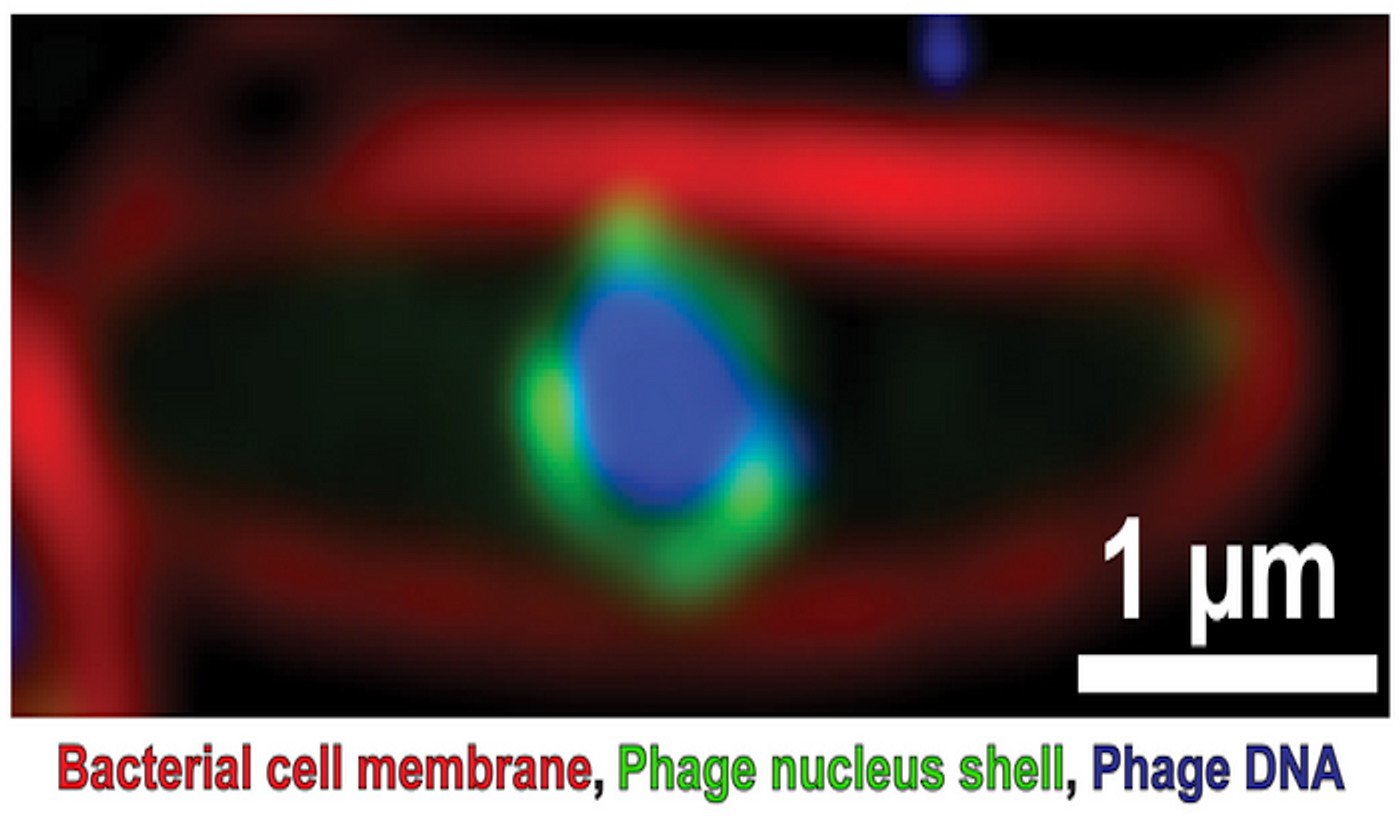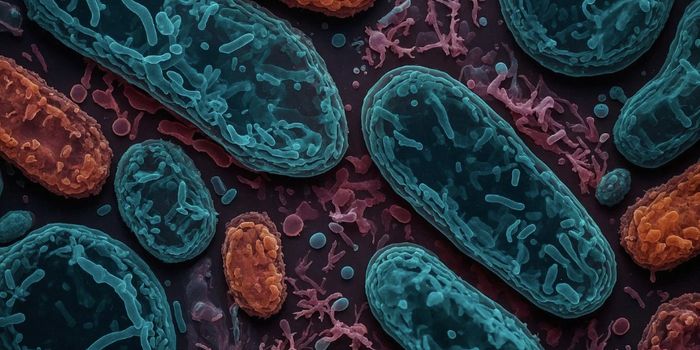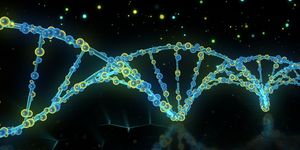Giant Viruses Make a Nucleus Similar to Those in Our Cells
The discovery of giant viruses has changed what we thought we knew about microbes. Researchers have now learned more about giant viruses that can infect bacterial cells, so-called jumbo phages. Bacteriophages or phages are viruses that infect bacteria. While microbes have been in competition with one another for eons, humans are learning how we might be able to harness bacteriophages to help us. For example, they might be useful in the fight against antibiotic-resistant bacteria.
Reporting in Nature, researchers have shown that jumbo phages can create a compartment that acts like a nucleus does in eukaryotic cells, the type of cell that makes up animals and plants. Eukaryotic cells have membrane-bound organelles, while prokaryotes, which are archaea and bacteria, typically do not. Very recently, viruses were not thought to have any of those things. Most viruses have genomes that are so small, they only encode for a few proteins, and viruses typically must use host cells to carry out many of their functions. But giant viruses have upended what we thought about viruses. This work shows how diverse they could be.
The compartment in the jumbo phage analyzed in this study shields the core genetic material of the virus, which was characterized using techniques including cryo-electron microscopy and tomography. The structure of the phage was determined to have exceptional flexibility, and the compartment can allow certain things inside while also acting as a defense mechanism.
"It's a different kind of compartment, unlike anything we have ever seen in nature," said Howard Hughes Medical Institute Investigator Elizabeth Villa, an associate professor at the UC San Diego School of Biological Sciences.
"These discoveries present us with a whole new era of phage biology," Villa noted. "The shell serves as a growing shield for protection but it also has to import and export some things, and it does this with exquisite precision and selectivity. It's really weird biology."
The nuclear shield structure was also found to assemble from a single protein, which the researchers called chimallin, for the shield Aztec warriors once carried. Multiple copies of the protein come together to form a lattice structure like fishnet, which was simpler than the hexagonal pattern the investigators had expected in part because it is so common. Thousands of individual chimallin proteins assemble into tiles, ultimately creating the phage nucleus shell.
This could serve the same purpose as the nuclear pore complex in eukaryotic cells, but it's so much simpler, noted study co-author Professor Kevin Corbett. "It's an amazingly creative solution, similar but simpler, to protecting its genome from the outside world by building a wall to separate it from bacterial defenses."
Phages that generate a nucleus might be more useful in phage therapies that target antibiotic resistant bacterial infections, suggested study co-author ProfessorJoe Pogliano.
Now, the researchers are moving on to new questions about jumbo phages and the nuclear shell.










